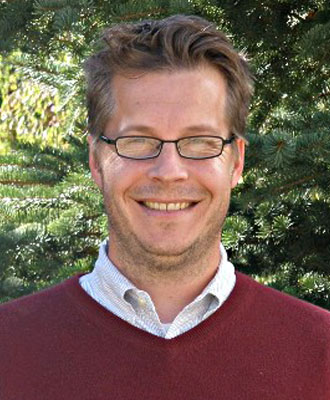Abstract
The recent explosion in availability of tools for deep learning, and other forms of AI, provides some fascinating opportunities for seismic geophysicists. For instance, seismic full waveform inversion can be formulated as a process of training a recurrent neural network, whose weights are associated with a subsurface elastic property model, and whose output layer is associated with measured seismic records. What is required is that the network be designed such that the propagation of information through it mimics the propagation of a seismic wave through a geological medium. A training component can also be included by incorporating a convolutional neural network. This puts us in a position to exploit cloud architectures for this computationally complex problem, and to begin the search for AI based solutions to some of the longstanding problems plaguing FWI: crosstalk, cycle-skipping, initial model design, etc..
Biography
Kris Innanen received the BSc and MSc degrees from York University in Physics and the PhD degree from UBC in geophysics. He has held faculty appointments at the University of Houston (2005-09), and the University of Calgary (2009-present). In 2016 he became the director of the CREWES project. His interests range from seismic modelling and acquisition, through to processing and inversion of seismic data.





